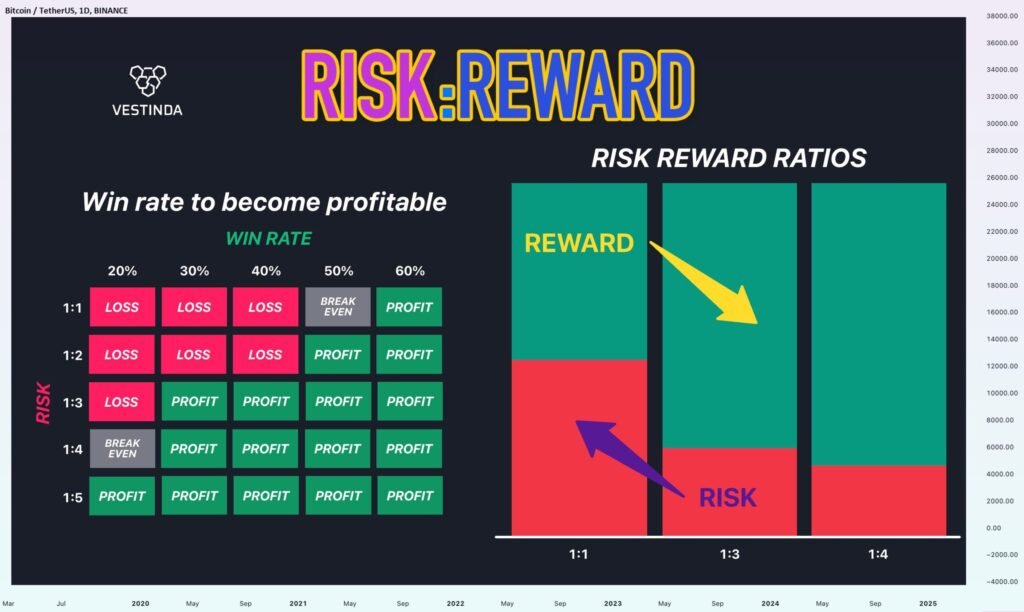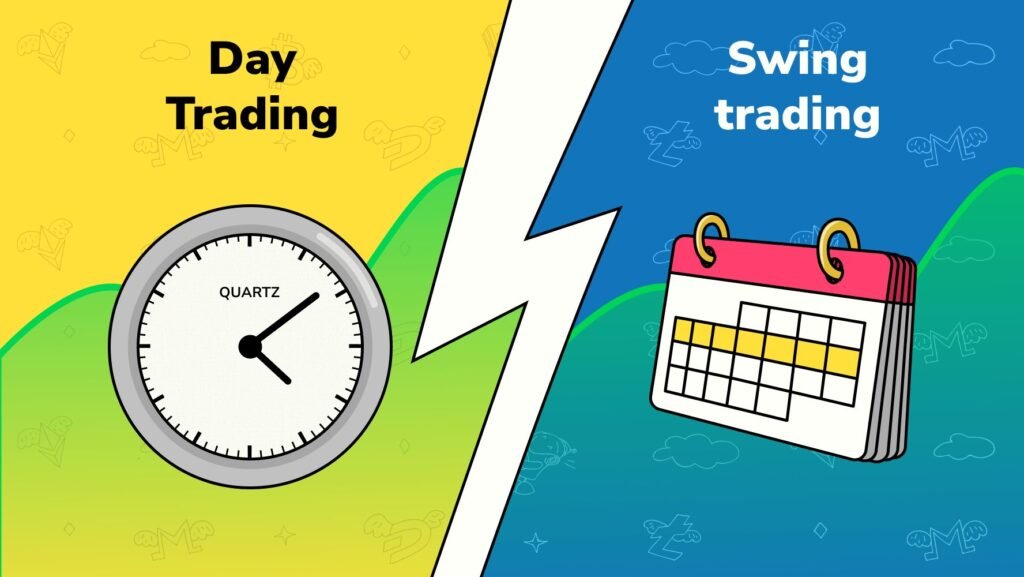Trading Journal Indonesia: In the fast-paced world of modern finance, Indonesian traders are becoming more aware that tracking trades isn’t just for professionals. The concept of “Trading Journal Indonesia” has quickly gained momentum, especially as retail investors and forex traders in the region grow in number. A trading journal is more than a list of wins and losses—it captures decisions, emotions, risk management, and even the logic behind each move. In an environment where market volatility and emotional decisions often lead to costly mistakes, keeping a journal provides a clear mirror for traders to reflect, refine, and evolve.
As the Indonesian trading scene matures—with growing communities in crypto, forex, and equities—journaling has become a cornerstone of consistent performance. Many new traders begin by focusing on indicators and signals but often overlook the value of self-review. A well-maintained journal can reveal hidden patterns, repeat errors, and help in strategy testing far better than memory or instinct ever could.
What a Trading Journal Really Tracks
At its core, a trading journal tracks all the critical elements of a trade, but it goes beyond the typical “buy at this, sell at that” model. It includes the asset traded, direction (long or short), entry and exit prices, position size, stop-loss and take-profit points, market context, and the emotional state at the time of trade. Traders often add qualitative notes—why they entered the trade, what they expected, and whether they followed their plan.
In Indonesia’s multi-market environment, where traders engage in forex, crypto, and stock markets, this kind of detail becomes even more crucial. Each market has its own volatility pattern, and journaling helps traders compare setups across different instruments. Even in longer-term swing trades or position holdings, a journal brings clarity and helps document the broader narrative of the trade.
Building a Trading Journal: Trading Journal Indonesia- What Beginners in Indonesia Should Know
Starting a trading journal may feel overwhelming at first, especially for beginners. But it doesn’t have to be complicated. You can use tools like Excel, Google Sheets, or even a simple notebook. The key is consistency. Begin by logging basic information such as date, asset, trade size, and results. Then gradually add more fields like confidence levels, market news, or your emotional state before and after execution.
For Indonesian traders using mobile platforms like Tokocrypto, Stockbit, or even MetaTrader on smartphones, digital journals are particularly helpful. Apps like Notion, Evernote, or Edgewonk provide templates and structure, and can be tailored to suit various asset classes. Some traders also integrate screenshots of their charts, so they can review visual setups alongside metrics—a useful habit for pattern recognition.
Understanding the Psychological Power of Journaling

Source: Bloomberg
One of the most underrated benefits of keeping a trading journal is emotional regulation. Markets are driven by fear and greed, and Indonesian traders are no exception. When markets spike or crash, many act impulsively—FOMO during rallies or panic during dips. Journaling brings structure and forces a pause between impulse and action.
By recording their emotional state—confident, hesitant, anxious—traders start noticing how feelings affect decisions. Over time, this builds self-awareness and discipline. A trader who sees that overconfident trades often lead to losses is less likely to repeat that behavior. In many cases, a journal acts as a coach, calling out patterns the trader wouldn’t otherwise recognize.
How Journals Improve Risk Management

Source: TV
Risk management isn’t only about setting stop-losses—it’s about consistency and evaluation. A trading journal tracks how much capital is put at risk on each trade, how often those risks pay off, and whether the trader is staying within their predefined rules. Many Indonesian traders new to forex or crypto often over-leverage without realizing the consequences. A journal reveals these tendencies quickly.
For example, tracking risk-to-reward ratios (RRR) helps traders see whether their winners compensate for their losers. If a trader aims for an RRR of 2:1 but rarely achieves it, the journal makes this failure visible. With this insight, they can adjust strategies or find out if they’re exiting too early or placing stops too tight.
Choosing the Right Journal Format for Your Trading Style

Source: Tradesanta
Not all traders are the same, and neither are their journaling needs. Intraday traders require minute-level detail, while swing traders focus more on setup analysis and market context. Visual learners may prefer charts and graphs, while others benefit from reflective writing. For Indonesian day traders dealing with high volumes and fast execution, digital solutions like Excel or Google Sheets work well—especially when paired with conditional formatting or pivot tables.
Swing and long-term investors, on the other hand, may benefit more from narrative entries, documenting macroeconomic views, central bank announcements, or broader sector movements. Whatever the format, the most important factor is usability. A good journal fits your routine and doesn’t feel like a chore.
The Evolution: Digital Tools Like FlipHTML5 and AI-Powered Journaling

Source: WebCatalog
In today’s tech-driven landscape, Indonesian traders are also exploring interactive journals. Tools like FlipHTML5 allow traders to convert static files (Excel, Word, PDFs) into engaging, digital formats that include videos, audio notes, and even AI-generated summaries. For those who maintain trading blogs or YouTube breakdowns, FlipHTML5 becomes a powerful tool to merge content with personal analytics.
AI assistants are also making an entry into journaling. These tools help traders sort, tag, and analyze large volumes of trade data, offering suggestions based on previous outcomes. As the ecosystem evolves, Indonesian traders who embrace such innovations gain a significant edge—not just in record-keeping, but in insight development.
Conclusion: Trading Journal Indonesia as a Tool for Long-Term Mastery
In the end, adopting a trading journal isn’t just a smart move—it’s a transformational one. For Indonesian traders navigating volatile markets, this tool brings order, reflection, and measurable growth. It’s not about recording every detail perfectly, but about developing a mindset of awareness, analysis, and adaptation.
Whether you’re just starting or have been trading for years, building and maintaining a journal helps you evolve with the market instead of reacting to it. In a space where everyone is looking for an edge, your trading journal may be your most powerful weapon—if you commit to using it with purpose.











